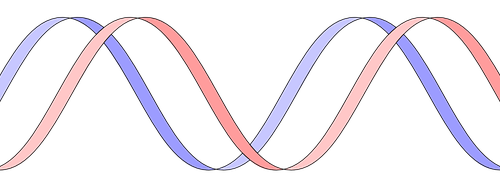This is Part III of a three-part series summarizing the Examination Guidelines that were released by the CNIPA on January 15, 2021, one year to the date of Phase 1 of the US and China Economic and Trade Agreement. That agreement included specific provisions where China “shall permit pharmaceutical patent applicants to rely on supplemental data to satisfy relevant requirements for patentability, including sufficiency of disclosure and inventive step . . .” (Article 1.10). Furthermore, these new Guidelines also introduce a more rigorous approach to inventive step (to avoid Examiner hindsight!) for chemical and biological inventions, including a number of helpful examples. Part I of this series covered examples on…
-
-
China’s Newest Examination Guidelines: Novelty and Inventive Step for Compounds (Part II)
This is Part II of a three-part series summarizing the Examination Guidelines that were released by the CNIPA on January 15, 2021, one year to the date of Phase 1 of the US and China Economic and Trade Agreement. That agreement included specific provisions where China “shall permit pharmaceutical patent applicants to rely on supplemental data to satisfy relevant requirements for patentability, including sufficiency of disclosure and inventive step . . .” (Article 1.10). Furthermore, these new Guidelines also introduce a more rigorous approach to inventive step (to avoid Examiner hindsight!) for chemical and biological inventions, including a number of helpful examples. Part I of this series covered examples on…
-
China’s Newest Examination Guidelines: Post-Filing Supplemental Data for Compounds (Part I)
Post-filing data in China has been a constant issue for many patent practitioners around the world. Examiners seem to require it often, and yet the rules regarding when it is acceptable have seemed much stricter than other jurisdictions worldwide. In fact, we tried to summarize the latest state of the law in an earlier blog post The Latest on Post-Filing Data in China’s Patent Law back in April 2020. A lot has happened around the world this past year (to say the least). In the area of post-filing supplemental data, several different moving parts have contributed to more clarity in China on this issue. First, Phase 1 of the US…





